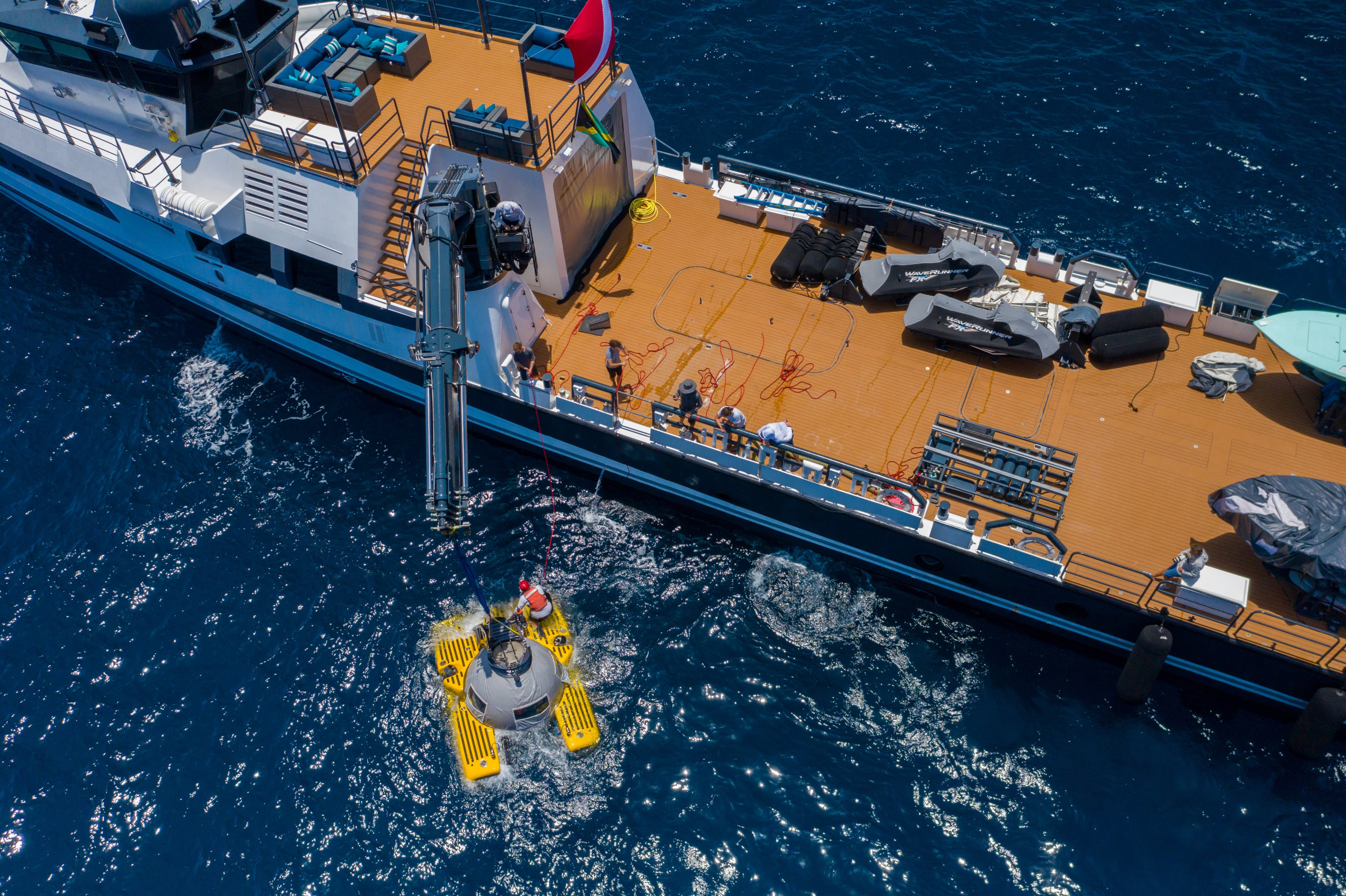Recent explorations of a famed shipwreck have unveiled intriguing connections to the legendary pirates of the Caribbean, linking them to Nassau, a port town in modern-day The Bahamas.
This summer, Allen Exploration (AllenX) has been uncovering wreckage from the 17th-century Spanish galleon, the Nuestra Señora de las Maravillas (translated as “Our Lady of Wonders”), which sank in northern Bahamian waters.
This impressive vessel weighed 891 tons, featured two decks, and boasted 36 brass cannons, having been constructed in Spain. Tragically, on January 4, 1656, it sank during a storm while en route to Cádiz, claiming around 650 lives.
After being struck by its flagship in the turbulent Florida Strait and crashing onto a reef, the Maravillas was laden with treasures, including contraband and salvaged items from the lost supply ship, the Jesus Maria de la Limpia Concepción. This incident made it one of the wealthiest treasure ships to have sunk at sea during that era.
From 1656 to 1679, salvage operations were undertaken by Spanish divers from Havana, followed by English salvage crews later in the 17th century. Rediscovered by Bob Marx in 1972, the wreck underwent further salvage attempts into the early 1990s until the Bahamian government imposed a moratorium on treasure hunting in 1992 to regulate the industry.
“A new chapter began in 2019 when AllenX was granted a license to conduct scientific studies on the wreck,” noted Sinclair.

© Allen Exploration
This summer, AllenX documented several significant discoveries, including kitchen grinding stones, iron hull nails, pottery from China and Spain, as well as silver coins and bars from Mexico.
“In the past, salvage crews had no refuge from storms, making recovery efforts even more challenging. With today’s technologies, we can easily relocate when bad weather strikes,” said Sinclair. “It prompts us to wonder how historical salvors managed their operations in such difficult conditions.”
The AllenX team employed a mix of divers and magnetometers, while historians delved into both Spanish and English archives to gather insights on the treasure hunting practices of the late 1600s.
The team was taken aback to learn that the first settlers of Nassau primarily came not for sugar or coffee farming but for shipwreck salvaging.
“Colonial authorities deemed early salvors as ‘pirates,’ and eventually, true pirates also set up shop in Nassau, drawn by the lure of treasure, whether sunken or captured,” explained Allen. “We uncovered a direct link between the loss of the Maravillas, its subsequent salvage, and Nassau’s rise as a center for wreckers and pirates.”
Historically, it was believed that Nassau gained notoriety as a pirate hub after a Spanish treasure fleet sank in July 1715 near Cape Canaveral, Florida, serving as a base for pirates to raid. However, AllenX’s findings shift this timeline significantly.
“Our research suggests that the boom of Nassau as a pirate haven began over three decades earlier, triggered by the sunken treasure of the Maravillas in 1656,” asserted Kingsley.
In the early 1700s, the Caribbean pirate population peaked at around 2,400, with many scouring from West Africa to Brazil for riches. Yet, those who first laid roots in Nassau were primarily opportunistic merchants hoping to cash in on the Maravillas wreck.
References
Allen, C., Kingsley, S., Pateman, M. P., & Sinclair, J. (2024). The Maravillas‘ Silver & Rise of the Pirates Republic of New Providence. Allen Exploration Ocean Dispatches, 7. https://www.bahamasmaritimemuseum.com/_files/ugd/fe4493_8a28b0cbbce848038119b76bee4b07a7.pdf
